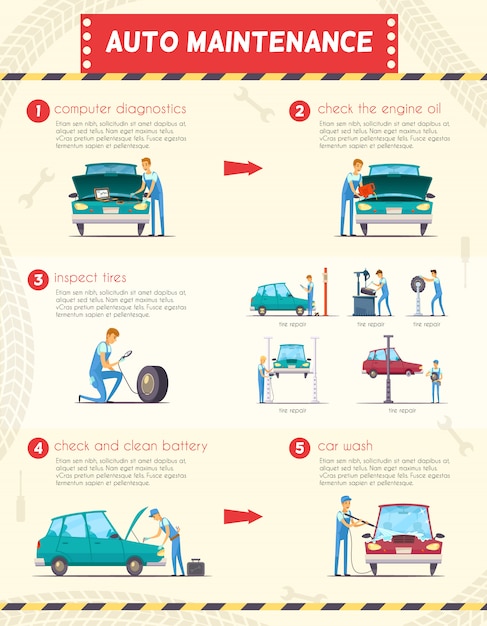Decoding Your Vehicle'S Caution Indicators: What They Genuinely Indicate
Decoding Your Vehicle'S Caution Indicators: What They Genuinely Indicate
Blog Article
Article Developed By-Sykes Kejser
When you're behind the wheel, those glowing caution lights on your control panel can be a bit perplexing. Do you know what they're attempting to inform you concerning your auto's health? Comprehending the relevance of these lights is vital for your safety and the durability of your lorry. So, the next time among those lights pops up, wouldn't you wish to decode its message precisely and take the required steps to resolve it?
Common Caution Lighting and Interpretations
Identify common caution lights in your automobile and comprehend their definitions to ensure risk-free driving.
One of the most regular warning lights include the check engine light, which indicates issues with the engine or discharges system. If this light comes on, it's critical to have your lorry checked without delay.
The oil stress alerting light indicates reduced oil pressure, calling for instant interest to avoid engine damages.
A blinking battery light could recommend a damaged billing system, possibly leaving you stranded if not dealt with.
The tire stress tracking system (TPMS) light signals you to reduced tire stress, influencing lorry security and gas performance. Overlooking this could result in unsafe driving conditions.
The abdominal muscle light suggests a trouble with the anti-lock stopping system, compromising your capacity to stop rapidly in emergency situations.
Last but not least, the coolant temperature level advising light warns of engine overheating, which can result in extreme damages if not solved swiftly.
Comprehending these common warning lights will help you address concerns without delay and keep risk-free driving problems.
Significance of Prompt Interest
Recognizing the common caution lights in your automobile is just the initial step; the significance of immediately dealing with these cautions can not be stressed enough to ensure your safety and security when driving.
When a warning light illuminates on your control panel, it's your car's method of connecting a prospective problem that requires attention. Ignoring these cautions can bring about much more severe problems in the future, compromising your safety and possibly costing you a lot more out of commission.
Trigger focus to advising lights can protect against failures and crashes. For example, a flashing check engine light could suggest a misfire that, if left ignored, could create damages to the catalytic converter. Resolving this quickly can save you from an expensive fixing.
Likewise, a brake system advising light may signal reduced brake fluid or worn brake pads, critical elements for your safety when driving.
DIY Troubleshooting Tips
If you see a caution light on your dashboard, there are a couple of DIY repairing tips you can attempt before looking for professional assistance.
The initial step is to consult your automobile's guidebook to recognize what the certain warning light suggests. Often the problem can be as basic as a loosened gas cap setting off the check engine light. Tightening up the gas cap might solve the problem.
One more common problem is a reduced battery, which can cause numerous cautioning lights. Inspecting the battery links for rust and ensuring they're safe and secure may repair the issue.
If a warning light lingers, you can attempt resetting it by disconnecting the automobile's battery for a few mins and then reconnecting it. Additionally, checking https://holdenusnjd.mdkblog.com/35662713/the-innovation-of-vehicle-explaining-approaches-in-the-past-ten-years , such as oil, coolant, and brake liquid, can help repair advising lights connected to these systems.
Final thought
In conclusion, understanding your cars and truck's warning lights is crucial for maintaining your automobile running smoothly and safely. By immediately attending to these signals and understanding what they imply, you can avoid costly repairs and possible breakdowns.
Bear in mind to consult your vehicle's guidebook for certain details on each advising light and take action as necessary to ensure a hassle-free driving experience.
Keep notified, remain secure when driving!
